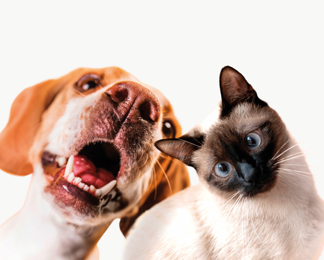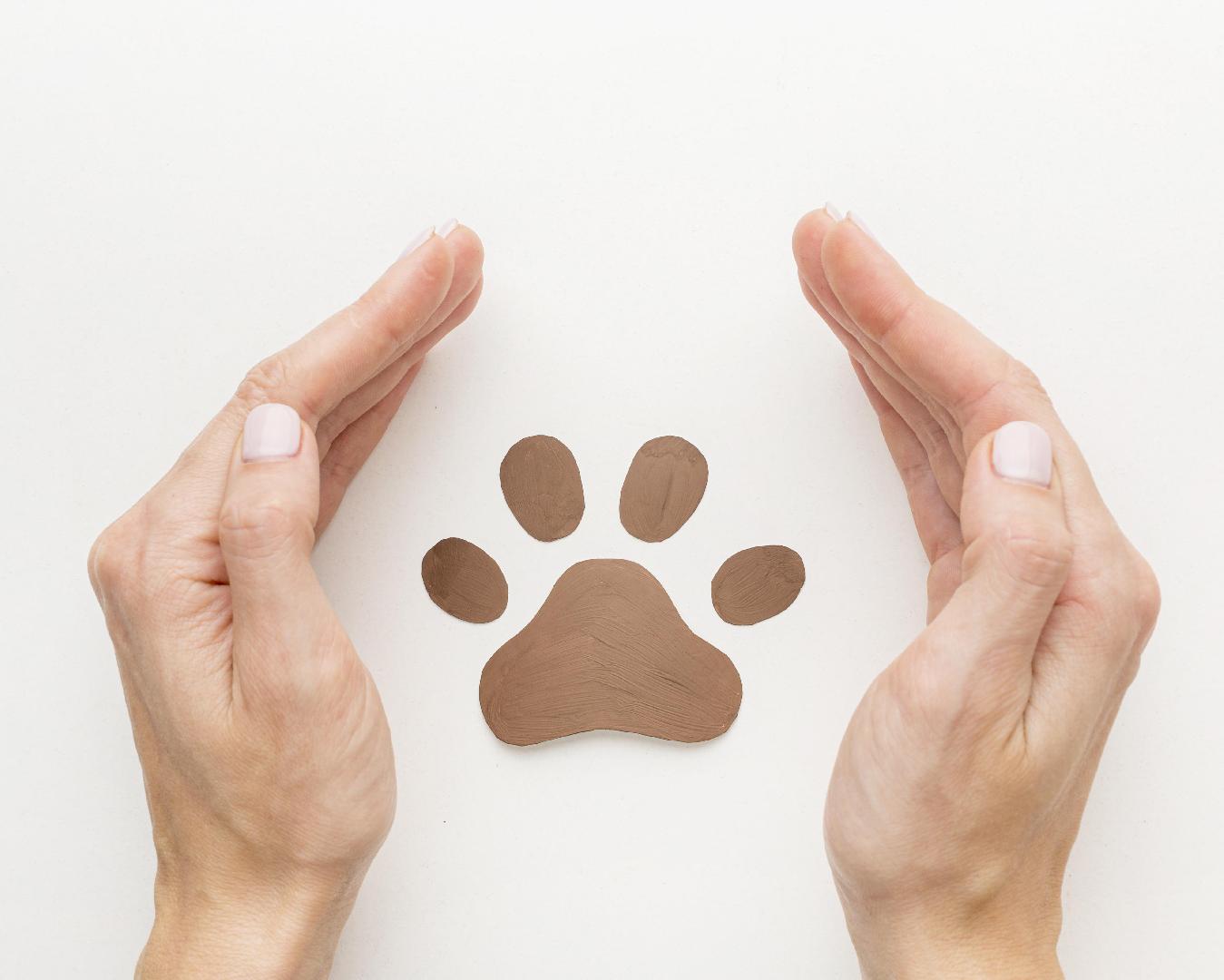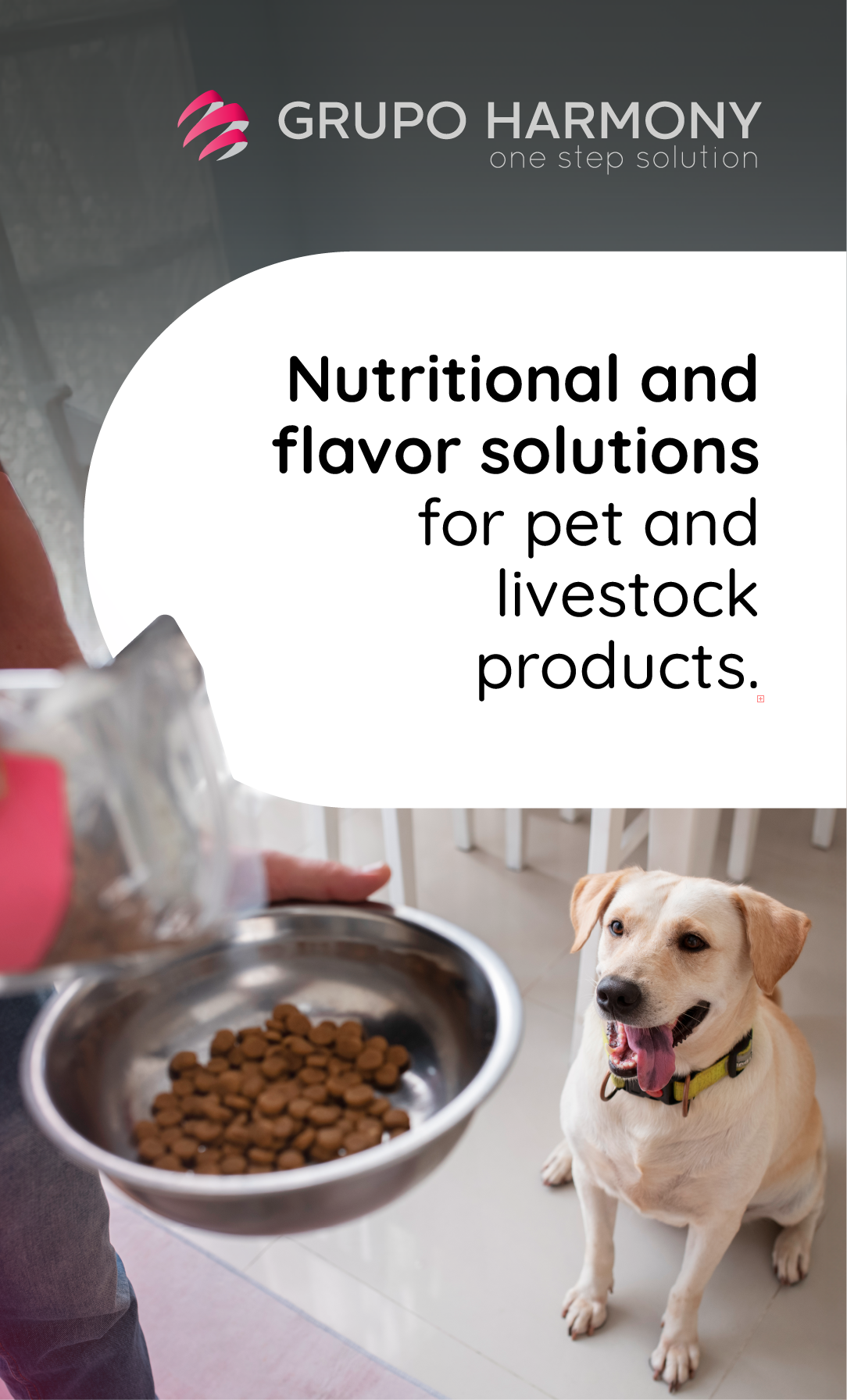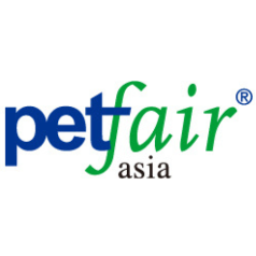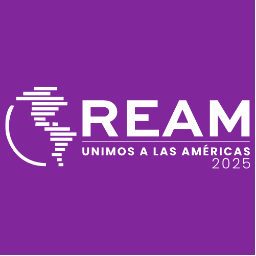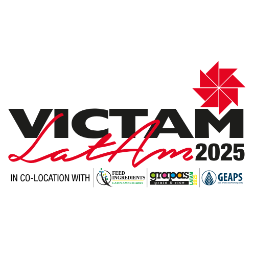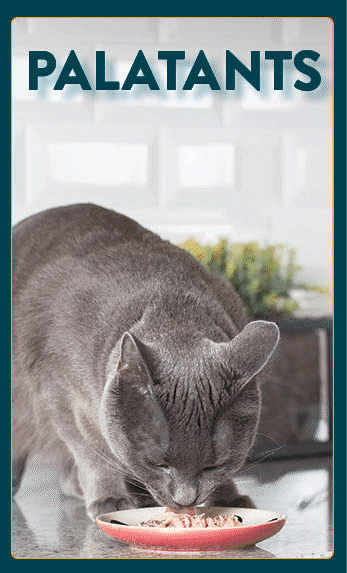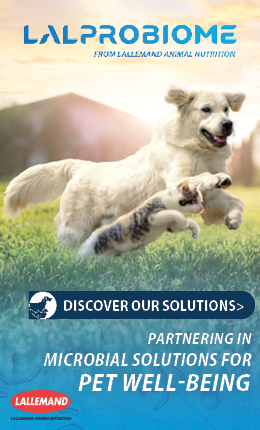There is a large offer, and veterinarians should have tools to be able to discern between the different nutritional proposals, not only about the pet's needs according to species, age, size, and particular situation or physiological state but in the knowledge of the manufacturing company and interpretation of the quality offered.
On the one hand, we must consider the table of centesimal composition as well as the specific protein contribution, fat and metabolizable energy. However, it should always be linked directly to the list of ingredients to determine not only quantity but quality. This list should have its ingredients in descending order, so those foods that contain animal protein in the highest order are superior to those that do not.
On the other hand, there are more ways to add value to food and improve diets with nutraceutical ingredients and upgrade the proposal according to specific needs, such as oral, joint, and urinary care, among others.
Likewise, manufacturing companies must or should go through multiple controls, from raw materials selection to final product preparation. The goal should not only guarantee the contribution of the necessary nutrients but also their safety. Some of these controls are physical, chemical, sensory, and microbiological, and they are carried out at different stages of the process. In addition, there are standards and entities that regulate the production process and may differ by country.
For instance, EU regulations detail which safe ingredients and additives can be used in pet food manufacturing. The ingredients can be of animal or vegetable origin. Many of the animal-derived ingredients used in pet foods come from parts of them not consumed by humans for cultural or habitual reasons.
Today the importance of caring for finite resources in many parts of the world is a fact, and sustainability has also taken an important place in this area.
Plant-based ingredients are often common in both human and pet nutrition (corn, rice, wheat, oats, etc.). Others are specific to pet food.
Pet food manufacturers include intake instructions on the food label, including storage and handling requirements. Guardians should evaluate the container for information on the expiration date and batch of the product. A responsible pet food manufacturer will take safety and quality very seriously and have their own defined processes and standards that help ensure the safety and quality of their ingredients and products.
These should start with trusted suppliers and go all the way to feeding the cat or dog and are likely to include:
- Reliable suppliers selection
- Defined specifications for raw materials, periodic inspections, and tests They may require a certificate of analysis from the supplier.
- Nutritional profile, color, texture, digestibility and palatability, and technical parameters such as moisture content. Routine product testing.
- Visual inspection of the grinding process
- Measurement of quantities of raw materials
- Controlled temperatures and cooking times
- Regular sampling and testing of final products
- Registration of ingredients through batch records, final product pallets, and their destinations to ensure traceability
- Microbial testing routine
- Regular verification of packaging integrity
- Metal detection or contamination with foreign objects
- Verification of nutritional adequacy through analysis of raw materials or final products or feeding studies using nutritional guidelines
- A responsible manufacturer may choose to implement voluntary third-party audits and certifications through a third-party accreditation institute.
Stages that lead the raw material to be the food consumed by pets

Source: All Pet Food Magazine
You could be interested: Understanding Minimally Processed: What It Really Means for Your Pets Food
About author
Candela BonauraCandela is a Veterinary Medical Doctor, ex CONICET researcher, Research Analyst and Scientific Communication, and FCV-UNLP Professor in different subjects, such as General Pathology, Small Animal Clinic, Electron Microscopy Service, Pig Production, and Animal Reproduction. She conducted numerous individual and group research projects on distinct species, such as cattle, horses, pigs, marine fauna, and felines. Speaker in graduate and postgraduate courses in Nutrition and small animals' reproduction, teaching courses, and personalized advice to veterinary clinics. Online service and on-site events coordination.










